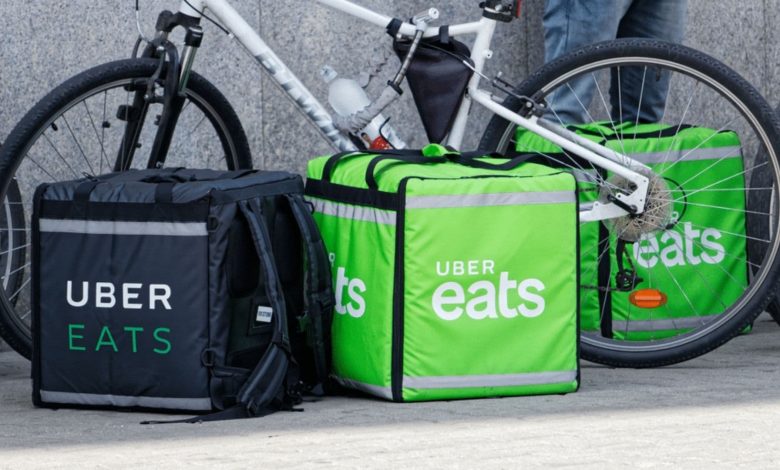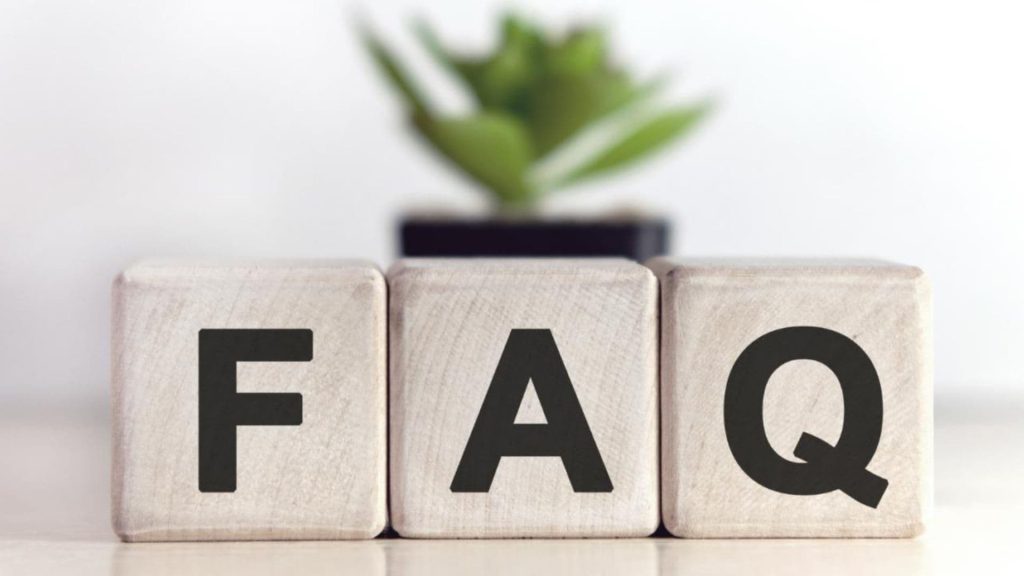
If you’re supplementing your full-time job income by driving for Uber Eats, you’ll need to understand how this extra income affects your tax obligations. Driving for Uber Eats, or any other gig economy job, is considered self-employment income, meaning you’re responsible for paying both income tax and self-employment tax, which covers Social Security and Medicare. This differs from your full-time job where your employer withholds taxes from your paycheck. Calculating your tax liability involves considering earnings from both jobs, potential tax deductions, and the necessity of quarterly estimated tax payments. This article provides a comprehensive guide to navigating the tax landscape for individuals earning income from both a full-time job and Uber Eats, empowering you to manage your finances effectively and stay compliant with IRS regulations.
Section 1: Understanding Self-Employment Income and Tax for Uber Eats
As an Uber Eats driver, you’re classified as an independent contractor for tax purposes. This means you’re responsible for paying both income tax and self-employment tax (covering Social Security and Medicare) on your earnings. To determine the amount of Uber Eats income subject to tax, you’ll need to calculate your gross earnings (total income received) and your net earnings (gross earnings minus allowable business expenses).
Section 2: Dual-Income Tax Impact: How Your Full-Time Job Affects Your Uber Eats Taxes
Your full-time job affects your overall tax rate because all income streams, including your Uber Eats earnings, are combined to determine your taxable income and tax bracket. You can refer to the 2025 Income Tax Brackets provided below to see how your Uber Eats earnings might push you into a higher tax bracket. Importantly, while your employer withholds taxes from your full-time job salary, no taxes are withheld from your self-employment earnings. This could lead to a larger tax bill at the end of the year if you don’t plan accordingly.
Section 3: Self-Employment Tax for Gig Economy Workers
Self-employment tax covers Social Security and Medicare taxes, typically shared between employers and employees in traditional employment. As a self-employed individual, you’re responsible for both portions, totaling 15.3% of your net earnings. This tax applies regardless of your age or whether you’re already receiving Social Security or Medicare benefits. To estimate your self-employment tax liability, use Schedule SE (Form 1040). You can reduce your self-employment tax liability by tracking and deducting eligible business expenses.

Section 4: Key Tax Deductions for Uber Eats Drivers
One advantage of being an Uber Eats driver is the ability to deduct business-related expenses, which lowers your taxable income. Common deductions include:
- Mileage and vehicle expenses: You can choose between using the IRS standard mileage rate or deducting your actual vehicle expenses.
- Phone and data costs: Since most drivers use their phones for navigation and communication with customers, a portion of these costs is deductible.
- Insurance, repairs, and maintenance: Any vehicle expenses directly related to your Uber Eats deliveries are deductible.
- Supplies: This includes items like insulated bags, chargers, and other job-related materials.
Section 5: Quarterly Estimated Taxes for Uber Eats Income
Since taxes aren’t withheld from your Uber Eats income, you’re required to make quarterly estimated tax payments if you expect to owe at least $1,000 in taxes. Use Form 1040-ES and the Estimated Tax Worksheet to calculate your estimated payments, taking into account your projected income from both your full-time job and Uber Eats.
Section 6: Filing Taxes with Multiple Income Sources
When it’s time to file your taxes, you’ll need to report income from both your W-2 (full-time job) and your 1099-NEC (Uber Eats). Use IRS Form 1040 to report your total income and attach Schedule C to detail your Uber Eats income and expenses. You’ll also need to attach Schedule SE to calculate your self-employment tax. For more complex returns, consider using tax software designed to handle multiple income streams.
Section 7: Tools and Tips for Simplifying Record-Keeping and Filing
Keeping thorough records of your income and expenses is crucial for accurate tax filing, particularly when managing two income sources. Tools like QuickBooks Self-Employed can streamline your bookkeeping, while apps like MileIQ can automatically track your mileage. Good record-keeping practices simplify claiming deductions, prevent errors, and ensure tax compliance.
Useful Resources
- IRS Gig Economy Tax Center:
- IRS Self-Employed Tax Calculator:
- IRS Publication 463 (Travel, Gift, and Car Expenses):
- IRS Form 1099-NEC Information:

FAQs
What are the key steps and strategies for managing quarterly estimated taxes for self-employment income from Uber Eats?
– You are required to make quarterly estimated tax payments if you expect to owe at least $1,000 in taxes because taxes are not withheld from Uber Eats income.
– To estimate your quarterly payments, use Form 1040-ES and the Estimated Tax Worksheet. Consider creating a table with example quarterly tax calculations for different income levels to understand how to calculate and manage these payments.
– Track your income and expenses for accurate tax filing. This is especially important when you have multiple income sources.
Consider creating a table with example quarterly tax calculations for different income levels to understand how to calculate and manage these payments.
– Use tools like QuickBooks Self-Employed and MileIQ to simplify record keeping. Good record-keeping practices will make it easier to claim deductions, avoid errors, and ensure compliance.
What is the difference between self-employment tax and income tax?
Self-employment tax covers Social Security and Medicare taxes, while income tax is a tax on all your earnings, including those from employment and self-employment.
What are some common deductions that Uber Eats drivers can claim?
Uber Eats drivers can deduct mileage, vehicle expenses, phone and data costs, supplies, and other business-related expenses.
Conclusion
This guide is intended to provide a general overview of the tax implications of driving for Uber Eats alongside a full-time job. It’s crucial to remember that tax laws are subject to change, and individual circumstances can vary significantly. To ensure accurate tax reporting and compliance, consider consulting with a qualified tax professional. They can offer personalized advice tailored to your specific situation. By staying informed, maintaining meticulous records, and planning strategically, you can confidently manage your tax obligations and optimize your financial outcomes while enjoying the benefits of this dual-income arrangement.